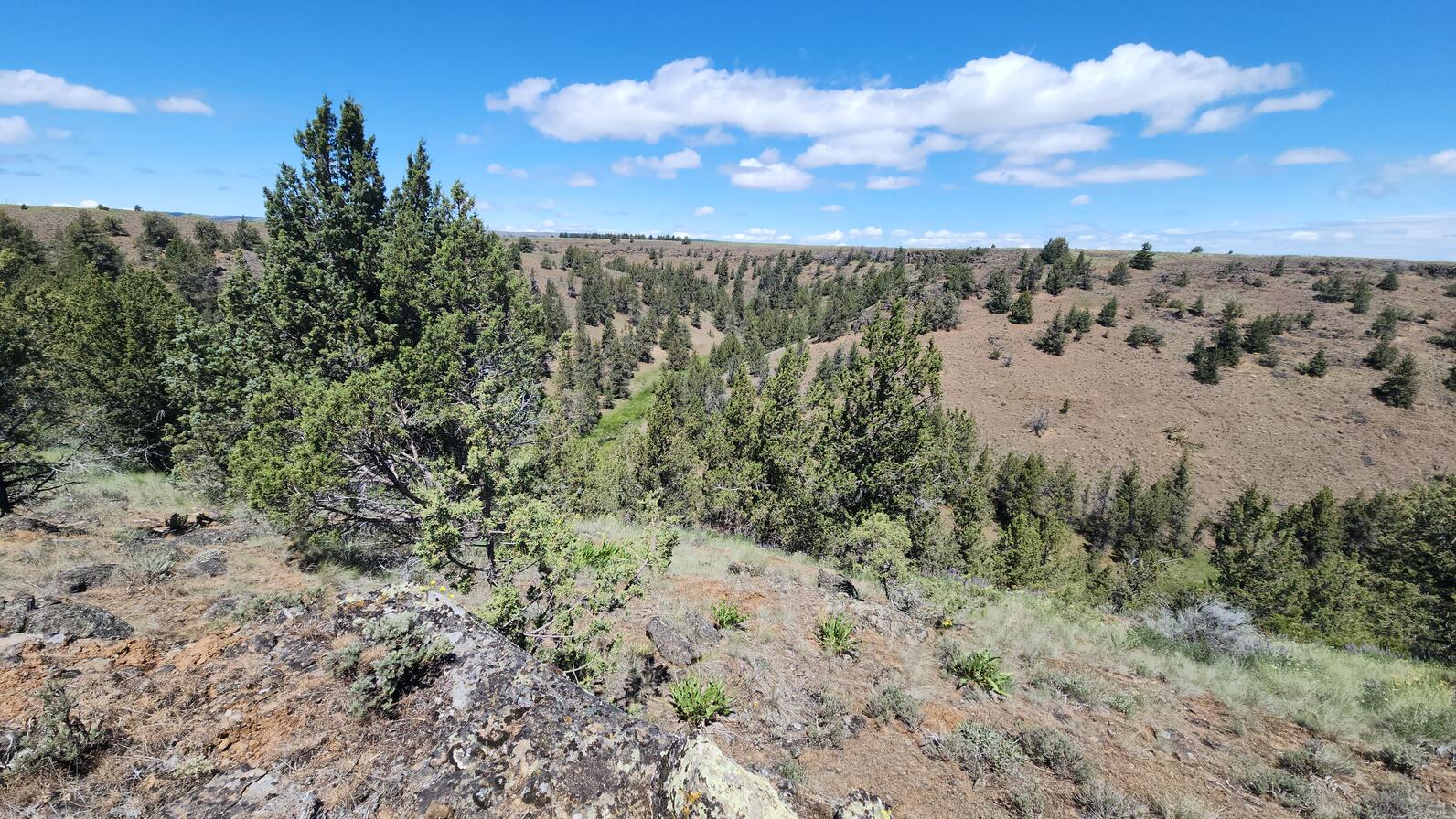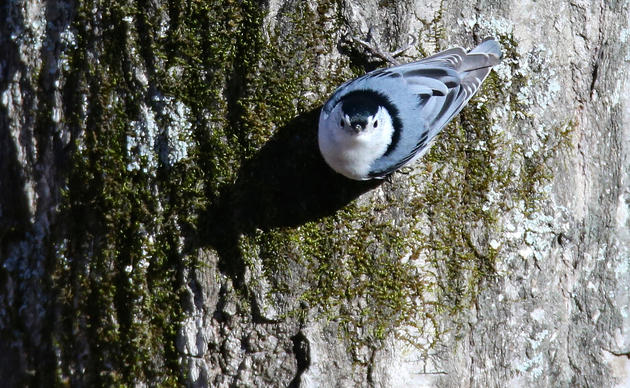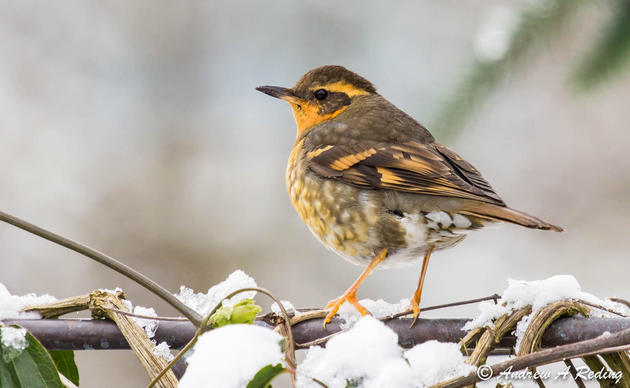The Columbia Plateau is one of the most endangered ecosystems in North America. Stretching across parts of Washington, Oregon, and Idaho, this sweeping landscape was once a stronghold of native sagebrush, perennial grasses, and the birds and wildlife that depend on them. Today, more than 80% of the Plateau’s native habitat has been lost. What remains is under constant threat from invasive annual grasses, increasingly frequent and intense wildfires, and the accelerating impacts of climate change.
The consequences are sobering. Since the 1970s, bird populations that rely on these lands have declined by more than 50%. Greater Sage-Grouse, Long-billed Curlew, and Ferruginous Hawks are just a few of the species struggling to hold on. If nothing changes, we risk losing not only iconic birds but also the working lands and ranching traditions that have shaped the Columbia Plateau for generations.
For many, livestock grazing might seem like part of the problem. The image of cattle overgrazing fragile rangelands and degrading habitat is familiar to anyone who follows western conservation issues. But grazing is not inherently destructive. In fact, when managed well, it can become a powerful tool for restoration.

Properly planned grazing helps recycle nutrients into the soil, keeps native plants vigorous, and reduces the buildup of dry plant material that fuels catastrophic wildfires. Managed herds can even help to reduce highly flammable invasive annual grasses, giving perennial bunchgrasses room to rebound and creating stronger habitat for birds.
The key is management. Each fall, as cattle return from their summer ranges, ranchers face critical decisions about how to move their herds between pastures. These grazing plans determine how pastures recover, how vegetation is managed across the seasons, and the habitats that birds will find come spring. This is the season of stewardship, a time when ranchers’ choices ripple across the land and set the stage for the year to come.
This is where the Audubon Conservation Ranching (ACR) program comes in. Guided by science and shaped by ranchers, ACR helps producers create diverse mosaics of habitat across their lands that align livestock needs with the requirements of priority bird species.

What makes ACR unique is its emphasis on measurable outcomes. Audubon tracks birds using a “Bird-Friendly Index,” which shows that regenerative rotational grazing, the strategic movement of herds that allows the land to rest and recover, results in greater bird abundance and species richness across the landscape.
ACR also supports ranchers beyond the pasture. Technical guidance, market opportunities, and a third-party certification program all help ranchers showcase their conservation leadership. Certification connects their stewardship directly to consumers through the Bird-Friendly Beef and Bison label, ensuring that those who care about birds can make choices that support healthier lands. Every time consumers choose Bird-Friendly products, they help expand management practices that benefit birds, herds, and the land.

Nationwide, more than 3 million acres are now enrolled in the Audubon Conservation Ranching program. Here in Washington, ACR is beginning to take root across the Columbia Plateau, bringing new momentum to the effort to conserve one of North America’s most threatened ecosystems.
The story of how grazing can save habitats is still unfolding. It begins with ranchers willing to try new approaches, continues with conservation partners who bring science and support to the table, and grows stronger with communities and consumers who choose to be part of the solution.
The Columbia Plateau faces daunting challenges, but it also holds tremendous potential. By working together, ranchers, conservationists, and consumers, we can ensure that grazing becomes not a threat, but a force for renewal. Birds, wildlife, and future generations are counting on it.



